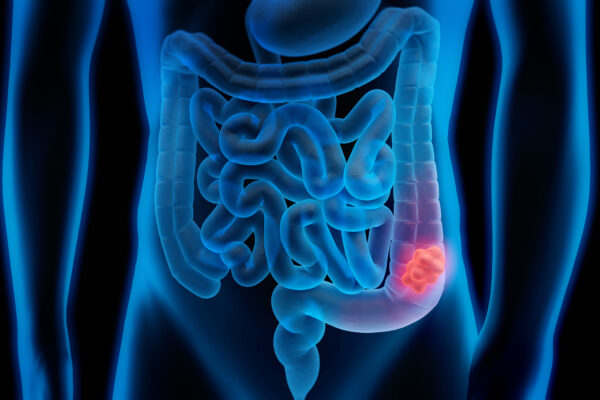AUSTIN, Texas — Researchers from The University of Texas at Austin and The University of Texas MD Anderson Cancer Center are collaborating on several projects to better detect, diagnose and cure some of the most common and fatal types of cancers.
Five teams so far — each co-led by UT and MD Anderson researchers — are part of a new collaboration, formalized this summer, between the two University of Texas System institutions. The goal: combine the best expertise that each has to offer to improve patient outcomes.
Mechanical engineering and Texas Robotics Assistant Professor Farshid Alambeigi and MD Anderson Assistant Professor and surgical oncologist Naruhiko Ikoma form one team that is designing robotic endoscopes for colonoscopy and gastroscopy procedures that will enable doctors to “feel” tumors and polyps through very sensitive haptic feedback sensors.
“Imagine being in a dark room. If you want to know what’s around you, you have to put your hands out and feel the space around you,” Ikoma said. “Your colon is the same way. It’s very dark, and it twists and turns many times. Our current scope has only one camera and light at the tip, and it can become cloudy or occluded during a procedure or miss things as the colon folds and bends.”
Because colorectal and gastric cancers lead cancer diagnoses and cancer-related death worldwide, it’s important to have tools available to reliably detect cancers as early as possible.
Ikoma realized during surgical procedures that he and other doctors relied on their sense of touch — slowly palpating a colon or section of intestine — to find hidden small tumors, to determine their extent, and to feel how deeply they were growing into the lining. This information offers important guidance during gastrointestinal operations. During routine endoscopic procedures or laparoscopic/robotic operations, however, doctors have only the camera’s visual information, and their ability to find and examine tumors is severely limited.
Enter UT engineer Alambeigi, who has been studying haptic feedback systems in flexible instrumentation for more than a decade.
“Developing a sense of touch in robotics is challenging,” he said. “So is developing the system for sending that information back to the doctor and then miniaturizing the technology so it can be built into a surgical scope, but it will give doctors much better information.”
This improved information will help determine what should be biopsied, and it may also reduce the number of CT scans, which deliver ionizing radiation, that a patient requires.
Alambeigi estimates it will take a few years to design the scope to scale so that it’s ready for testing, but an important short-term goal could be realized much sooner: using the technology to help develop an international classification system for tumor morphology, so that all doctors can use the same objective scale for evaluating and rating cancerous growths. And it’s the institutional collaboration that’s making this possible through funding and support for bold, new ideas.
“UT Austin and MD Anderson have exceptional and complementary specializations,” said Jennifer Lyon Gardner, deputy vice president for research at UT Austin, whose team helped blueprint the research collaboration. “MD Anderson has some of the best oncologists in the world, and they see firsthand, every day, where innovation could help them more easily diagnose or treat their patients. That’s where the idea to pair them with UT’s outstanding roboticists, fundamental scientists, and translational and clinical researchers in our own Dell Medical School emerged.”
More research teams covering even broader oncology topics will be funded this year, with the next application submission window opening this week. This latest effort builds on a collaboration launched last year among MD Anderson, UT’s Oden Institute for Computational Engineering and Sciences, and Texas Advanced Computing Center, where researchers are using computational modeling to integrate huge amounts of cancer care data to better understand and end cancer.




